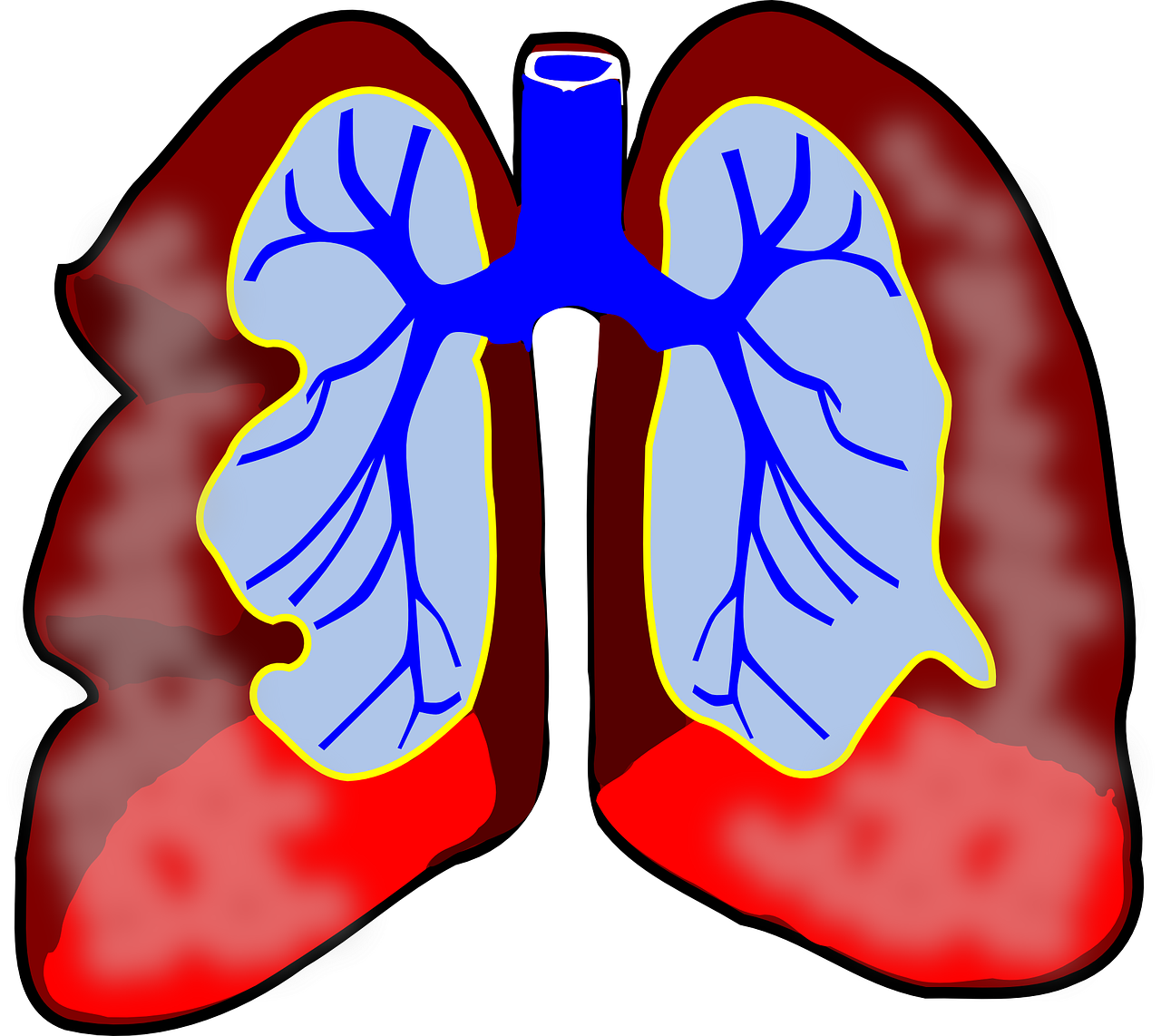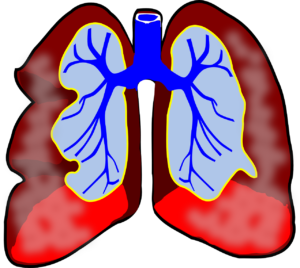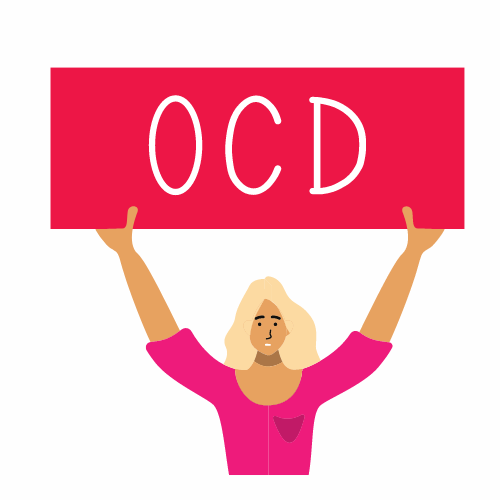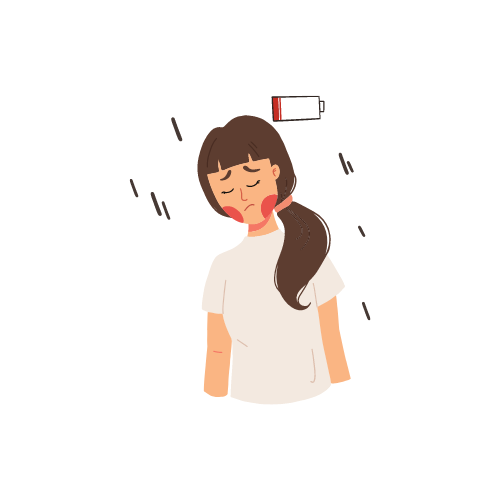
Breathing Techniques for Anxiety

Effective Breathing Techniques for Anxiety
Introduction
Breathing techniques for anxiety are often recommended by therapists as part of treating patients with anxiety. Although the exact mechanisms are not completely understood and research quality varies, these techniques are simple to learn, versatile, and can be applied in multiple settings and for different types of anxiety (Wilkinson et al., 2001).
Breathing techniques fall under the category of relaxation techniques, rooted in Eastern meditation and yoga. These practices were introduced to the West in the 1970s and have since become a common treatment protocol for stress management and general anxiety (Wiley, 2012).
What Are Breathing Techniques for Anxiety?
Breathing techniques for anxiety involve controlling the breath to promote relaxation and reduce stress. These methods can interrupt the body's stress response and help individuals regain a sense of calm.
Why Are Breathing Techniques for Anxiety Helpful?
When we are stressed or anxious, we tend to restrict our breathing, leading to reduced carbon dioxide levels in the bloodstream. This reduction, combined with rapid and shallow breathing, signals the body that it is under high stress, perpetuating the anxiety cycle.
Key Facts About Breathing Techniques for Anxiety
- Chest Breathing vs. Belly Breathing: Shallow chest breathing is common during the fight-or-flight response. Diaphragmatic and yogic breathing techniques redirect breathing from the chest to the belly (Tiwari & Baldwin, 2012).
- Impact on Emotional State: Anxious individuals often breathe shallowly during negative emotional states. Teaching them to slow their breathing and focus on belly breathing can change their emotional state (Tiwari & Baldwin, 2012).
- Improper Gas Exchange: Shallow breathing results in improper gas exchange. Diaphragmatic and yogic breathing correct this by promoting a proper exchange of carbon dioxide and oxygen (Tiwari & Baldwin, 2012).
Diaphragmatic Breathing for Anxiety
Diaphragmatic breath
ing is an easy-to-learn technique that promotes relaxation and calmness. It is recommended to practice it twice a day for ten minutes when you are relaxed and calm, not when you are anxious. This technique can be paired with anxious thoughts, experiences, or feelings as a form of exposure therapy (Barlow & Craske, 2007).
How to Practice Diaphragmatic Breathing
- Put one hand on your chest and one on your stomach.
- Breathe normally and notice how your breath is often through your chest.
- Practice moving your breath down through your belly (feel the movement through your hand).
- Imagine a large balloon in your belly filling up and then deflating.
- Practice this kind of breath at approximately 8 to 10 breaths a minute.
- Do this twice a day for ten minutes and any time you feel tense or stressed.
- If you have panic disorder, consult with your therapist before practicing.
Watch a great video on how to do this diaphragmatic breathing.
Yogic Breathing for Anxiety
Yoga breathing is another type of breathing that has evidence for effectiveness. Yogic breathing (Pranayama) involves control of the rate, depth, and type of breathing and is considered an essential component of yogic practice (Tiwari & Baldwin, 2012). Yogic breathing has positive health benefits for many groups of people, but more and better research is needed (Tiwari & Baldwin, 2012).
Regardless, clients who engage in this report tremendous gains.
How to Do Alternate-Nostril Breathing
One kind of yogic breathing is alternate nostril breathing or nadi shodhana. This breathing may induce a sense of calm and be good for anxiety. If you want to try alternate-nostril breathing, here’s what to do:
- Take a deep breath through the right nostril while closing the left nostril with the left index finger.
- Hold your breath for a count of three, then release the left nostril, close the right nostril, and exhale. Then inhale through the same nostril, and hold your breath.
- Releasing the right index finger, press against the left nostril with the left index finger again and exhale from the right nostril. This is considered one breath count.
- Continue the above steps for 7–10 breaths or until a sense of calmed energy is achieved (Wilkinson et al., 2001).
Single Nostril Breathing Techniques
These techniques may increase calmness.
Right Nostril Breathing:
- Close off the left nostril with the index finger.
- Inhale slowly and deeply through the right nostril until you feel a sense of fullness in the lungs.
- Hold the breath for a count of three seconds.
- Exhale slowly and completely through the right nostril.
- Complete this cycle of breathing seven to ten times or until a sense of being energized occurs (Wilkinson et al., 2001).
Left Nostril Breathing:
- Close off the right nostril with the index finger.
- Follow the same procedure as for right nostril breathing except breathe through the left nostril for a sense of calmness.
- Research shows that practicing for 10 minutes brings the most benefits (Wilkinson et al., 2001).
Box Breathing for Anxiety
When you are scared or anxious and notice you are breathing too fast, boxed breathing can help you return your breathing pattern to a relaxed rhythm.
How to Practice Box Breathing
- Sit upright in a comfortable chair. Place your feet flat on the floor.
- Try to do this in a stress-free, quiet environment where your breathing can be the focus.
- Keep your hands relaxed in your lap, face your palms upwards, and focus on your posture.
- Sit up straight to help take deep breaths.
- Inhale slowly for a count of four.
- Hold your breath for a slow count of four.
- Exhale slowly for a count of four.
- Hold your breath for the same slow count of four before repeating this process.
References:
- Tiwari, N., & Baldwin, D. S. (2012). Yogic breathing techniques in the management of anxiety and depression: Systematic review of evidence of efficacy and presumed mechanism of action. Mind & Brain, 3(1). Retrieved from ProQuest
- Wilkinson, L., Buboltz Jr., W. C., & Seemann, E. (2001). Using Breathing Techniques to Ease Test Anxiety. Guidance & Counselling, 16(3), 76. Available at EBSCOhost. Accessed on: 1 Aug. 2022.
- Barlow, D. H., & Craske, M. G. (2007). Mastery of Your Anxiety and Panic-Workbook (Fourth Edition). New York, NY: Oxford University Press.
- Wiley, J. (2012). Cognitive Behavior Therapy: Core Principles for Practice (1). Hoboken, US: Wiley. ProQuest ebrary. Web. 4 December 2016.
Disclaimer: Medical information obtained from this article is not intended as a substitute for professional care. If you have or suspect you have a problem, consult a healthcare provider.
============================================
Medical information obtained from this website is not intended as a substitute for professional care. If you have or suspect you have a problem, you should consult a healthcare provider.






